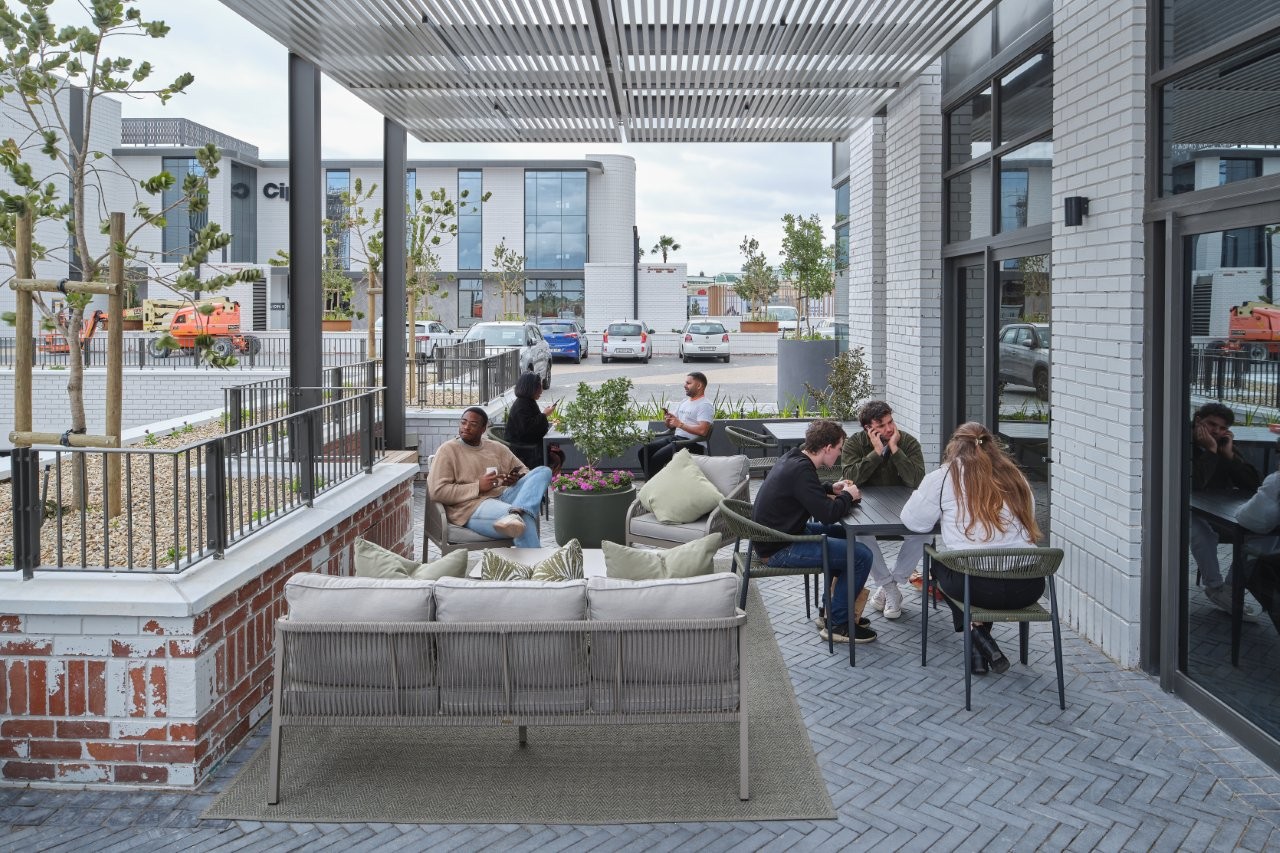A global movement is gaining traction that flips the normal work model on its head: the 15 Minute City. It’s a fact that our model of work is fundamentally broken. We burn hours in gridlocked commutes to sit in offices in congested business districts, trading time, wellbeing and productivity in the process. The 15 Minute City concept challenges this.
It is no longer just academic theory but a real urban reset, already reshaping how people live, shop and work worldwide. As CEO of Workshop17, Paul Keursten has seen how the geography of work affects both business performance and quality of life.

For South Africa, with sprawling cities and notorious traffic, this concept offers a blueprint for rethinking where work happens and why bringing professional infrastructure closer to where people live is essential.
What if your office, your gym, your favourite coffee spot and your child’s school were all within a 15 minute walk of your front door? It sounds idealistic, but this is the model that is reshaping how cities think about work and life, with real implications for the business landscape in South Africa.
Where the 15 Minute City comes from
The concept was developed by Carlos Moreno, an Urbanist at the Sorbonne who spent years studying how cities function. When Paris Mayor Anne Hidalgo placed it at the centre of her 2020 re election platform, the idea shifted from theory to practical public policy. The premise is simple: design neighbourhoods where daily needs such as workspaces, healthcare, education, retail and entertainment are accessible within a short walk or cycle.
The 15 Minute City questions long standing planning models that prioritised cars and lengthy commutes. It advocates for human scale environments where work and lifestyle exist side by side. The model supports sustainability, social cohesion and balance, all of which matter deeply in cities dealing with congestion, environmental pressure and shifting work culture.
Many professionals spend hours each week travelling between suburbs and city centres, sacrificing family time, wellbeing and productivity. The traditional office model assumes people must travel to work rather than considering whether work should be brought closer to where people live.
Remote work proved that full time presence in a CBD office is not always necessary. Yet working from home has its own drawbacks such as isolation and blurred boundaries. People discovered they wanted something in between: professional workspace close to home with flexibility to choose when to use it.
Moreno’s thinking encourages the distribution of essential services throughout urban areas, creating multiple hubs of activity. For workspaces, this means placing professional amenities closer to residential communities. City centres remain important but no longer need to be the only destination for work.
What neighbourhood workspaces make possible
When a professional workspace is part of a neighbourhood rather than isolated in a CBD, daily life becomes more fluid. A parent can attend a meeting, go home for lunch and return for an afternoon session. Startups can host clients without leasing costly city offices. Established companies can offer staff local workspace options that reduce stress and maintain collaboration.
Areas such as Newlands, Century City, Hyde Park Corner and Ballito, along with emerging hubs like Muizenberg, show how work and life can coexist. These mixed use districts combine apartments, restaurants, gyms, retail, transport zones and high grade offices.
Workshop17 spaces in these nodes provide premium coworking environments within walking distance of daily amenities. It is not the complete 15 Minute City yet, but the trajectory is clear.
Local workspace does not mean lower standards. When executed well, distributed workspace matches the design, technology and service of traditional CBD offices and adds the benefit of a more liveable environment. Professionals gain both convenience and credibility.
Shorter commutes and decreased car dependency support environmental goals. Walking or cycling to a workspace significantly reduces the carbon footprint of the workday. Moreno’s model connects smarter urban design directly to climate action.
When people work within their neighbourhoods, they support local businesses and strengthen community networks. Economic activity is no longer concentrated in central districts but shared across the city, encouraging more balanced development.
City centres will remain important for certain industries and cultural functions. Yet the future points toward a more distributed model where people choose their workspace based on what suits their life, not outdated assumptions about where work must take place.
As South Africa’s business and retail sectors evolve, embracing the 15 Minute City could help create a more sustainable, resilient and humane urban environment. It requires questioning old patterns, investing in suburban infrastructure and recognising that bringing professional amenities closer to homes is an upgrade, not a downgrade.
The tools and models already exist, and the demand is undeniable. What remains is the willingness of business leaders and urban planners to rethink the geography of work.
For more info, visit www.workshop17.com, email info@workshop17.co.za or call 021 205 9000.
Watch this space for updates in the General News category on Running Wolf’s Rant.
Like what you just read? Subscribe To Our Newsletter to stay in the loop.
Feel free to explore our website or check out our Featured Articles.
Looking for a gift for that special person in your life? Check out Netflorist.co.za, South Africa's top online florist and gift service. They offer flowers, gifts, and hampers for all occasions AND reliable nationwide delivery.


